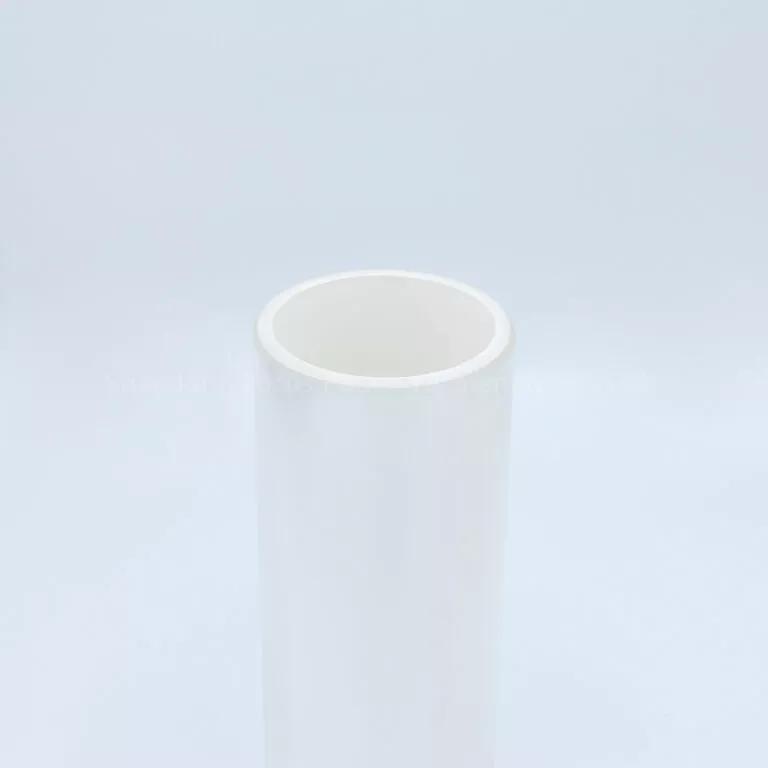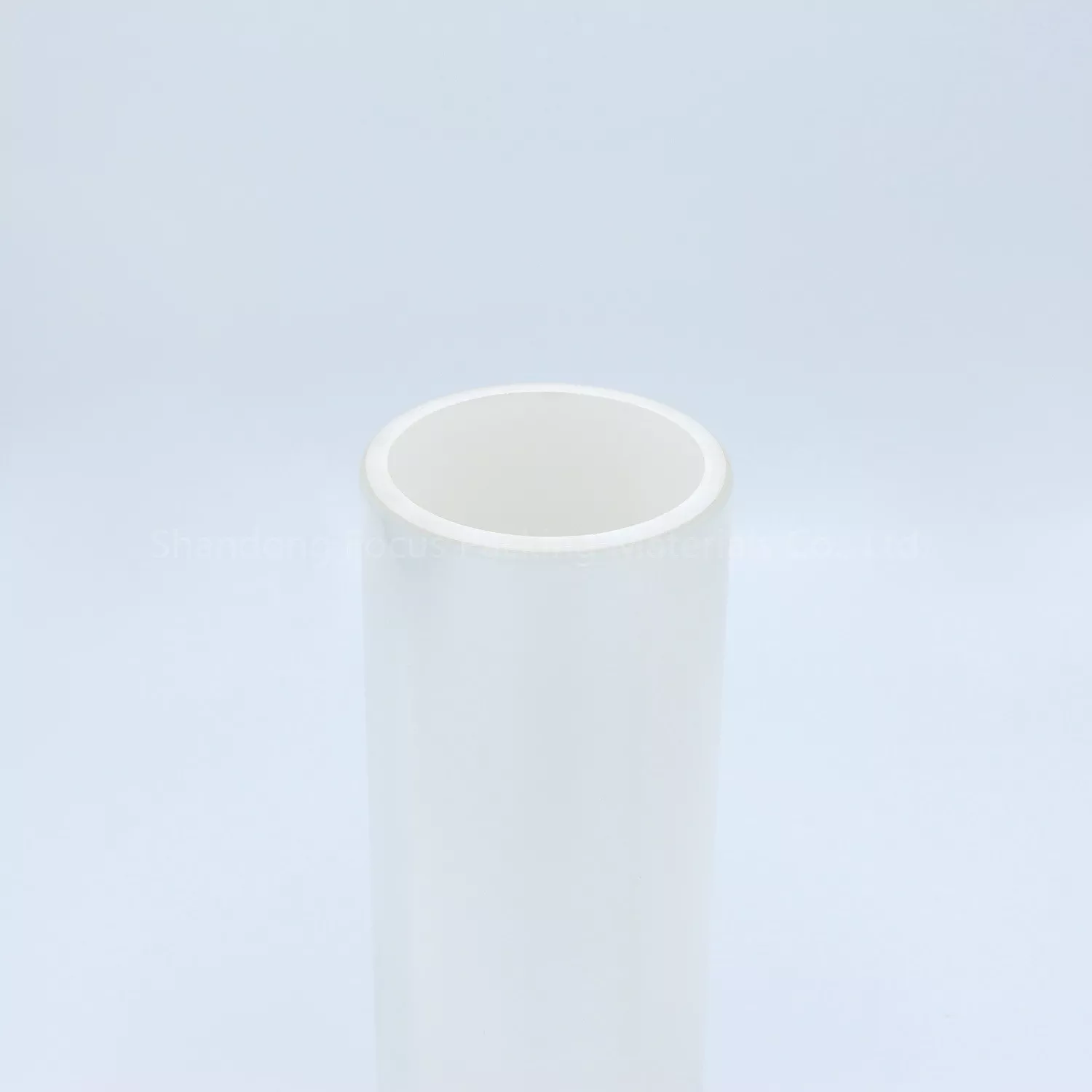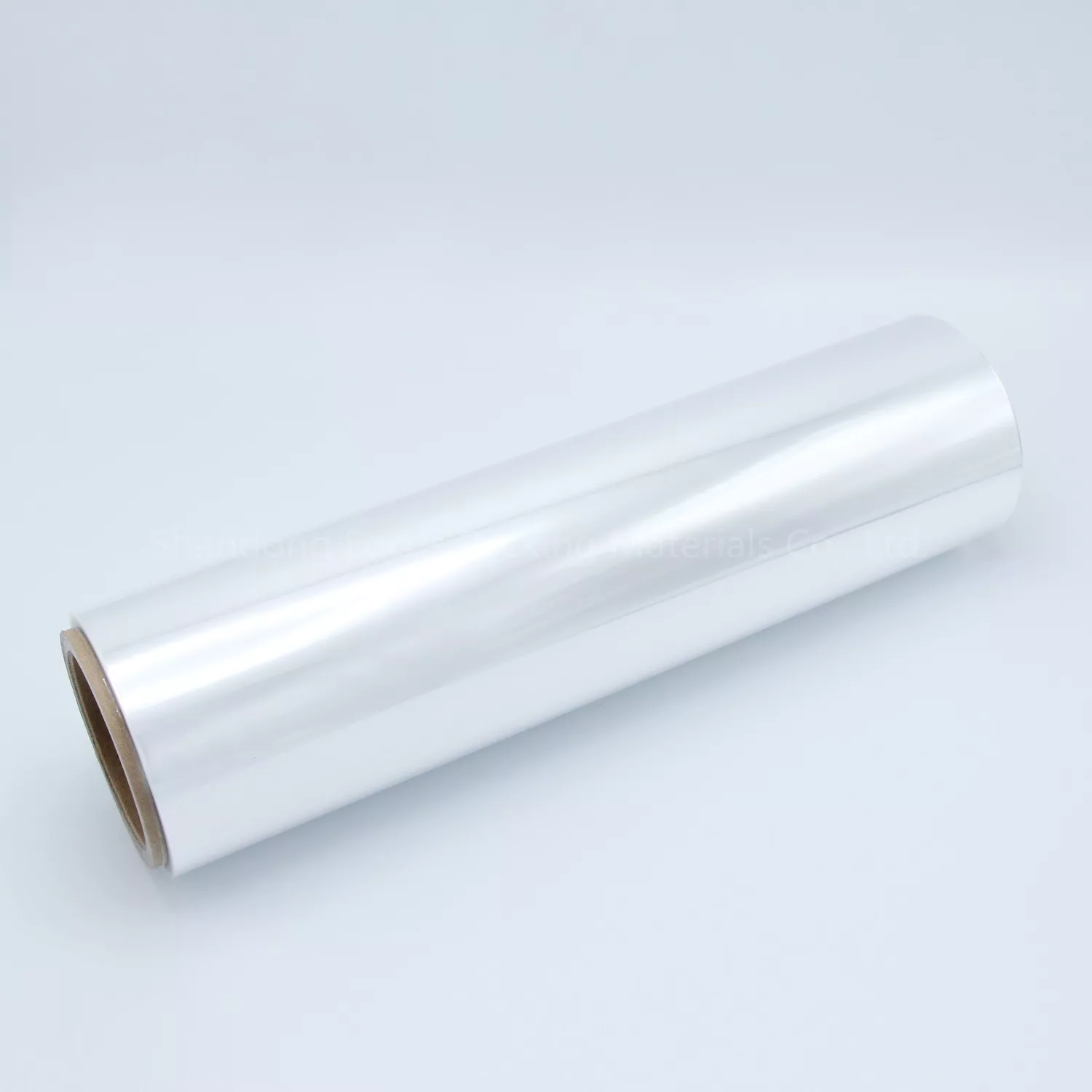The production of BOPP film is to first make a sheet or thick film from the melt of polymer polypropylene through a narrow machine head, and then stretch it in two vertical directions (longitudinal and transverse) simultaneously or step by step in a dedicated stretching machine at a certain temperature and set speed, and then make the film through appropriate cooling or heat treatment or special processing (such as corona discharge, coating, etc.).
classification
Common BOPP films include: regular biaxially oriented polypropylene film, heat sealed biaxially oriented polypropylene film, cigarette packaging film, biaxially oriented polypropylene pearl film, biaxially oriented polypropylene metalized film, matte film, etc.
advantage
BOPP film is a very important flexible packaging material. BOPP film is colorless, odorless, tasteless, non-toxic, and has high tensile strength, impact strength, rigidity, toughness, and good transparency.
BOPP film has low surface energy and requires corona treatment before coating or printing. After corona treatment, BOPP film has good printing adaptability and can achieve exquisite appearance effects through color matching printing. Therefore, it is commonly used as a surface layer material for composite films.
insufficient
BOPP film also has shortcomings, such as easy accumulation of static electricity and lack of heat sealing properties. On a high-speed production line, BOPP film is prone to static electricity and requires the installation of a static electricity remover.
In order to obtain heat sealable BOPP film, heat sealable resin adhesives such as PVDC latex, EVA latex, etc. can be coated on the surface of the BOPP film after corona treatment. Solvent adhesives can also be coated, and extrusion coating or co extrusion composite methods can be used to produce heat sealable BOPP film.
This film is widely used for packaging bread, clothes, shoes, socks, as well as cover packaging for cigarettes and books. The tear strength of BOPP film increases after stretching, but the secondary tear strength is very low. Therefore, there should be no cuts on both ends of BOPP film, otherwise it is easy to tear off during printing and lamination. After coating with BOPP adhesive, it can produce sealing tape, which is a market with a large amount of BOPP usage.








